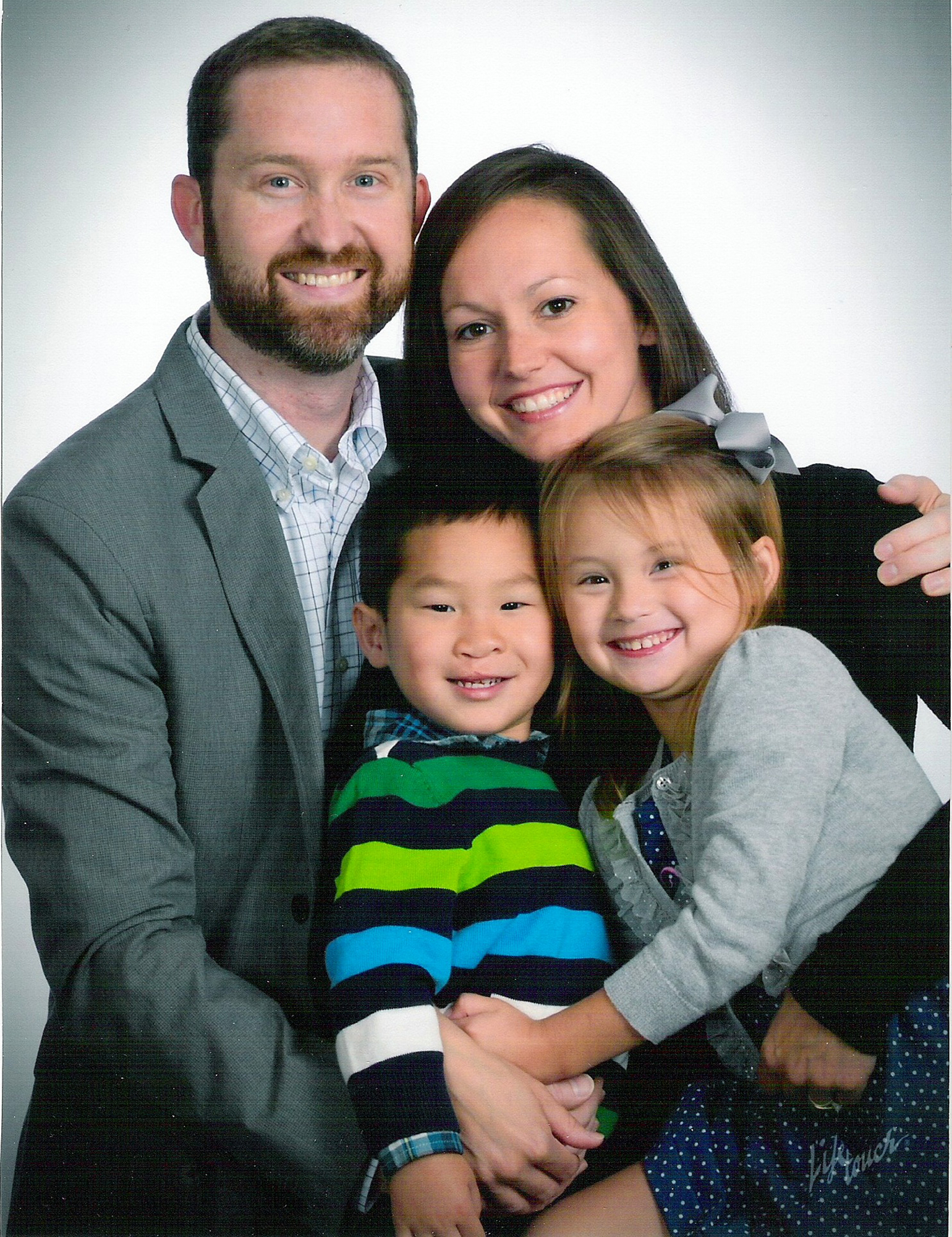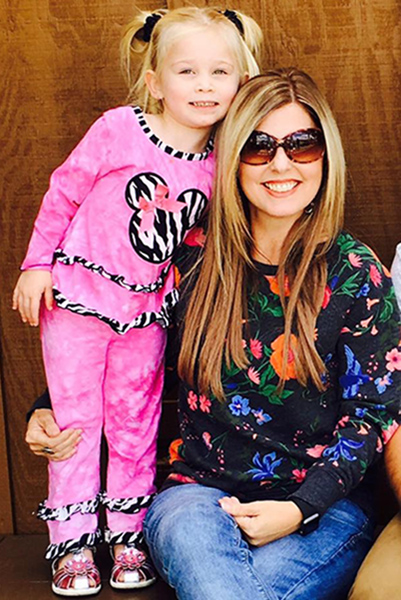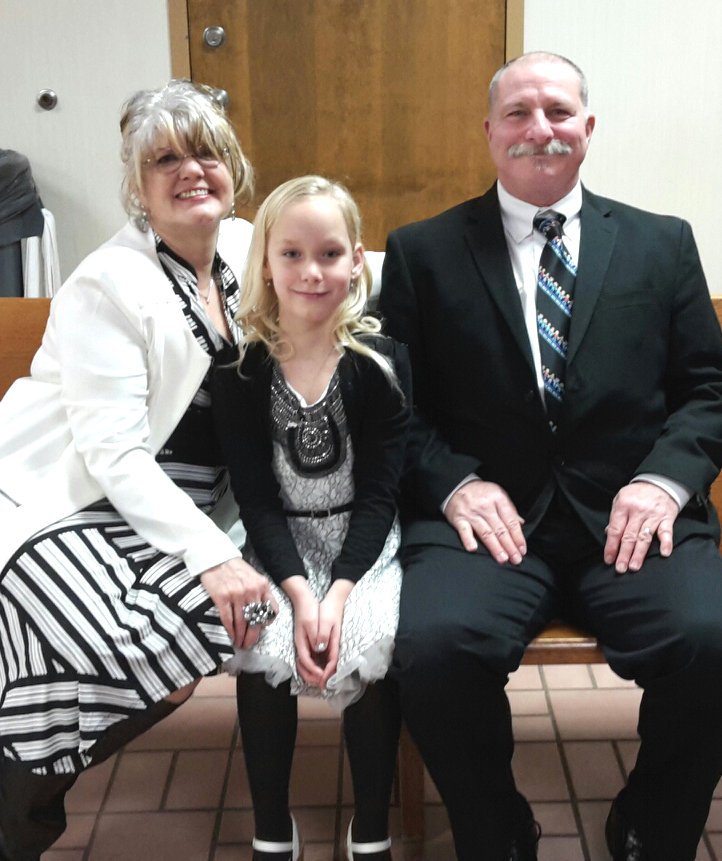

WASHINGTON, D.C. (BP) – November is National Adoption Month – a time where we raise awareness for children who are waiting for forever families, and celebrate families who have welcomed children home through adoption. After the Supreme Court handed down the decision in Dobbs v. Jackson Women’s Health Organization, a landmark case that reversed the harmful precedents set in Roe v. Wade, more attention is rightly focused on the welfare of children, post-birth.
Lifeline Children’s Services’ mission is to equip the body of Christ to manifest the Gospel to vulnerable children. We serve vulnerable children and families through private domestic and international adoption, family restoration and pregnancy counseling. For more than 40 years, Lifeline has sought to care for women by providing them with lifesaving options and practical support.
In this post-Roe world, there will be even more women who need support and resources. To that end, we should be working to support vulnerable children, women and families. Every woman in this situation needs excellent counseling, support and care before and after birth, as she is making the best decision for her and her child. While adoption is a beautiful, life-giving option, it is important to understand some of the nuances involved. Below are some commons misconceptions around adoption, as well as some ways to more accurately think through them.
Myth: Adoption and foster care are similar.
Fact: Making an adoption plan for a child is not the same as a child entering foster care. Foster care is an involuntary option in which the state takes custody of the child to investigate allegations of abuse or neglect. When a child enters foster care, the birth parents temporarily lose control. This might lead to a birth mother regaining custody, or it might lead to permanent separation and an adoption. If it leads to adoption, the birth parent does not have control, because parental rights have been terminated.
However, empowering a birth mother means that if she chooses to make an adoption plan for her child, she can be involved in the plan and know that her child has permanence and stability.
Myth: A woman will not have any control in making an adoption plan.
Fact: When an expectant mother chooses adoption for her child, Lifeline helps her as she chooses a family that will care for the child spiritually, emotionally, mentally and physically and who will also honor the birth family. It is important for a birth family and an adoptive family to have access to post-adoption support.
Myth: Adoption is an easy alternative to abortion.
Fact: Adoption is courageous and sacrificial, but it is not the easy way out. It takes thoughtfulness, commitment and selflessness. While making an adoption plan comes with sadness, loss and grief, most birth mothers say those tough feelings are paired with great hope, peace and possibility. They know they have made a responsible, loving decision for their child.
Myth: More families are needed for adoption.
Fact: For women making an adoption plan for their infant, there are waiting families, who are ready to care for both the child and honor the first family. However, there is a need for more families to become foster families.
Myth: It’s a “failed adoption” if a mother chooses to parent.
Fact: It is not a failure when a mom chooses to parent. Of course, this decision comes with great pain, loss and grief for a prospective adoptive family. However, it is a part of Lifeline’s ministry for prospective adoptive parents to stand in the gap while these birth mothers make the best decision they can. It isn’t a failure if they were able to love her well during that time while she is deciding. If we want to empower women to make a good decision, and if we believe that parenting is a good decision, then we shouldn’t call that decision a failure. Prospective adoptive families should be equipped to honor whatever is in that child and birth mother’s best interest.
Language matters!
It is vitally important to be precise and careful with language, because we communicate value and worth through our words. Scripture tells us that every single person is created in the image of God, and has innate dignity, worth and value. (Genesis 1:27; Psalm 139). Below are some helpful language changes to make, so that we’re clear with our language when discussing adoption.
Strive to use person-first language. This practice honors an individual and their inherent dignity before adding a qualifier. For example,
- Instead of saying, “special needs child,” say “child who has a disability.”
- Instead of saying “adopted child,” say “person who was adopted.”
In addition, a woman does not give her child up for adoption; she makes an adoption plan.
- Instead of saying “a child was given up for adoption,” say “a mother made an adoption plan for her child.”
Women who make an adoption plan are not bad mothers. People are unable to parent for a variety of reasons, and making an adoption plan is an incredibly loving decision. Always strive to honor all parties involved in an adoption – birth mothers, adoptive parents and adoptees.
As we seek to care for vulnerable women, children and families, may we always extend the Good News of the Gospel while we care for those in our communities who need love and compassion.





















